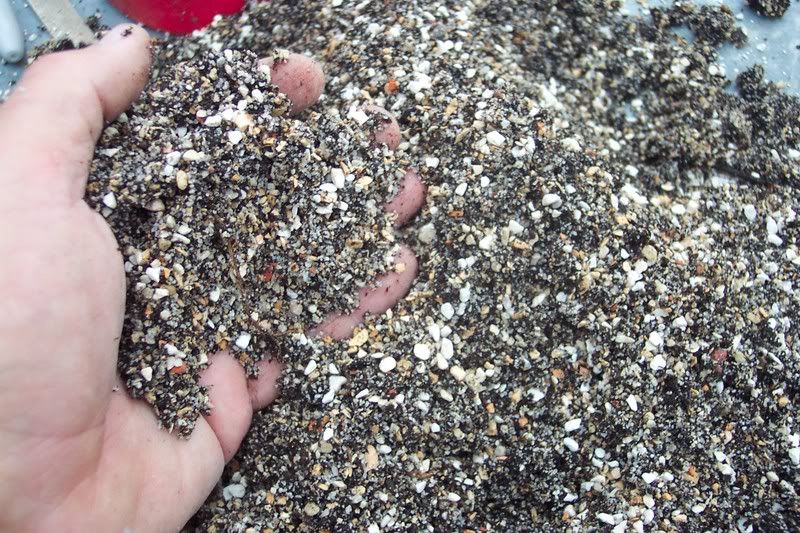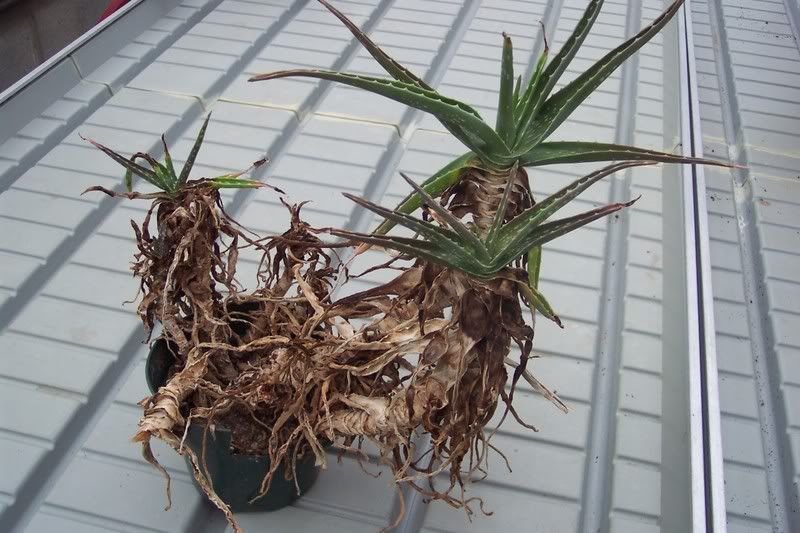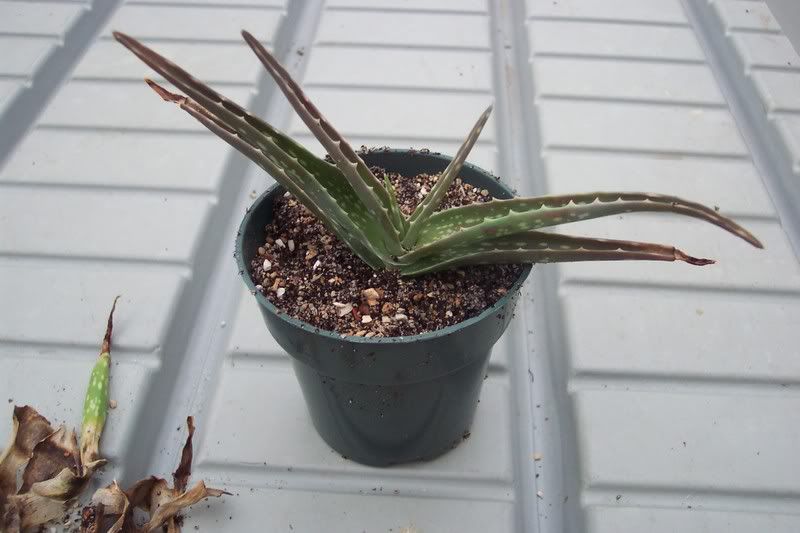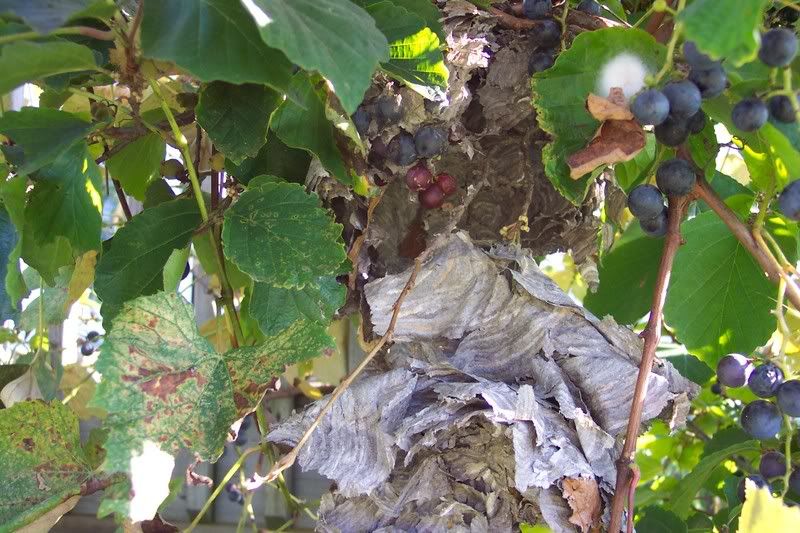With Halloween right around the corner we are seeing all kinds of scary stuff; themes relating to goblins, jack-o-lanterns, graveyards…
We have a graveyard here! It’s not the scary Halloween type of graveyard, but a flower bulb graveyard.
In this area outside, we plant all of the lily bulbs we grow out of season in the greenhouse that are left over from various projects or those that get returned to us after they are done flowering.
I just can’t bring myself to throw them away or even compost them, so I give them a “decent burial” in the bulb cemetery that’s located in an out of the way corner. Since it used up most of its energy blooming while in a little pot, some times it takes a couple of years for a bulb to build up enough strength to bloom again. I’ve been doing this for at least 4 years. It’s always fun to see what new flower will be blooming from one year to the next.
Even now, during Halloween season, the old Easter Lilies are still blooming!
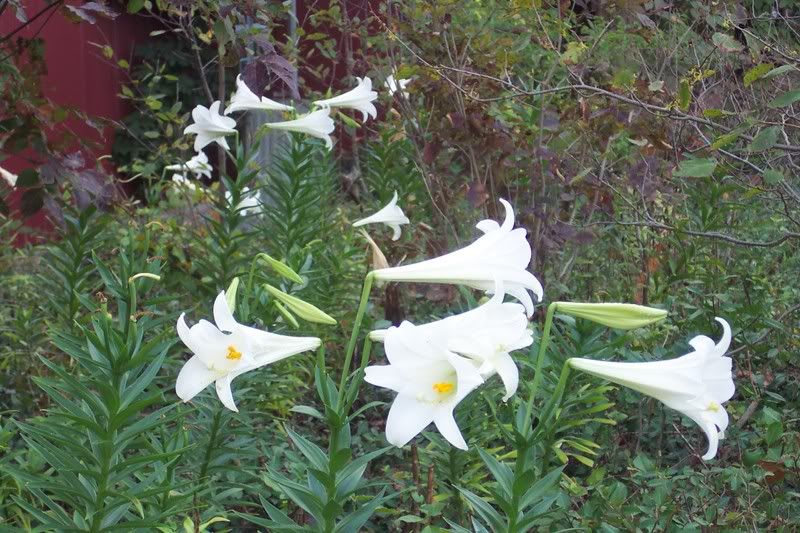
They seem to have shook off the frosts we have had so far. It won’t be long until they finally give in to the cold weather and take a long winter’s nap.
Bob
